We'll be joined by experts from the ETF industry to discuss the opportunity in the European market and walk through the beginning-to-end process of launching an ETF in Europe.
We will cover:
- Introduction & overview of the European ETF opportunity, including developments in ESG, MIFID, CSDR
- Explanation of the UCITS regime, legal process & other regulatory considerations such as crypto ETP issuance
- The role of the custodian & administrator in the European market
- Listing and trading ETFs on London Stock Exchange and cross-listing via the UCITS wrapper
- Index solutions
- Q&A
Whitepaper case study: What are the barriers to entry in European ETFs?
Exchange Traded Funds (ETFs) have been one of the most revolutionary and disruptive investment propositions of our generation. Since their launch in Europe in 2003, ETFs have seen assets grow to -$1 Trillion [www.etfgi.com] and an increasing number of asset classes, exposures and strategies are now available to investors in the simple and cost-efficient ETF format.
ETFs are 'democratic' products - both retail and institutional investors trade the same product in the same way with the same availability of information. The unique structure of ETFs (which connects the investor directly to the underlying asset class through the "create/redeem" mechanism) means that an ETF can absorb both very small and very large trades without impacting the market. A boon for investors, ETFs have levelled the playing field and enabled investors to reach previously inaccessible themes and asset classes.
Though ETFs may have democratised the investment landscape, the European ETF industry itself is trending towards oligopoly (control by the few). A vast concentration of assets in the largest European ETF providers, coupled with structural impediments and opaque influence networks are inhibiting innovation, raising barriers to entry and reducing consumer choice. In order for the European ETF industry to reach its full potential, the barriers to entry and the impediments to success must be addressed.
Read the full whitepaper here





